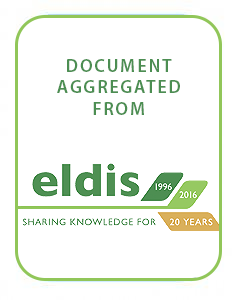Members:
Resources
Displaying 1 - 4 of 4Land tenure, investment, and agricultural production in Nicaragua
While there is a consensus in Nicaragua that the security of property rights is a fundamental constraint to the long run development of the agricultural sector, there has been little empirical analysis to date of the relationship between land rights and rural economic activity.Using household level data collected between December, 1997– April, 1998 within the regions of Leon and Chinandega (known administratively as Region II), this paper investigates the relationship between rural land rights and agricultural credit, investment, and rural incomes (on farm and off farm).Results indicate tot
Deforestation and Land Use on the Evolving Frontier: An Empirical Assessment [in Nicaragua]
The advance of the agricultural frontier constitutes the biggest source of deforestation in Central America today. This conversion of tropical forests into agricultural land and pasture is the direct result of individual land use decisions. This paper presents a simple analytical model of household land use, followed by an econometric analysis of household survey data from the Río San Juan region of Nicaragua in order to test for consistency with the model.
What Role for Tropical Forests in Climate Change Mitigation? The Case of Costa Rica
Land and forestry-based activities could in principle play important roles as climate change mitigation strategies. In practice, however, several questions have been raised about their feasibility. Therefore, understanding the processes and determinants of land use changes is critical. This paper aims to contribute to such understanding in the larger part of a larger project on sustainable development and economic growth. It begins with a dynamic model of land use.
Deforestation and Land Use on the Evolving Frontier: An Empirical Assessment [in Nicaragua]
The advance of the agricultural frontier constitutes the biggest source of deforestation in Central America today. This conversion of tropical forests into agricultural land and pasture is the direct result of individual land use decisions. This paper presents a simple analytical model of household land use, followed by an econometric analysis of household survey data from the Río San Juan region of Nicaragua in order to test for consistency with the model.



